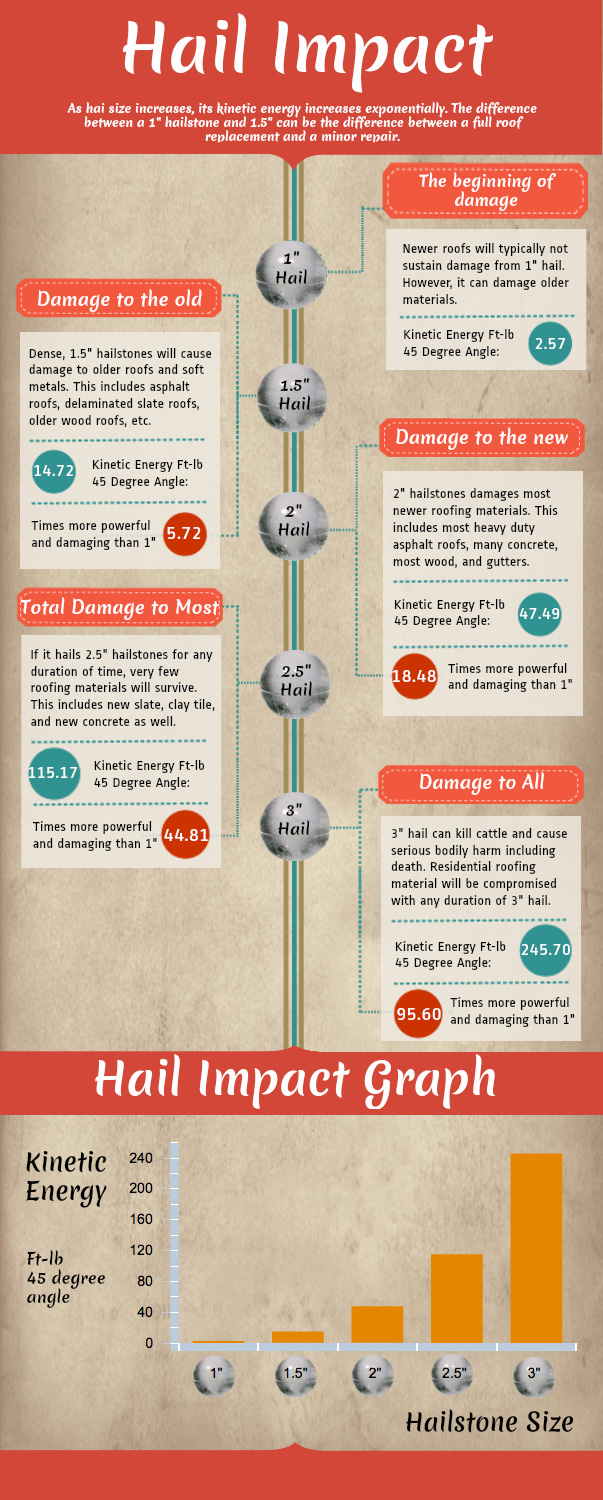Setting Up A Roof Is Not Nearly Applying Roof Shingles; Find Out About The Important Steps That Can Substantially Impact The Success Of Your Task
Setting Up A Roof Is Not Nearly Applying Roof Shingles; Find Out About The Important Steps That Can Substantially Impact The Success Of Your Task
Blog Article
Web Content Produce By-Boswell Odom
When it concerns roofing installation, you might believe it's just about setting tiles, but there's a lot more involved. You'll begin with cautious planning and prep work, examining the existing framework and selecting ideal materials tailored to your setting. As you move via the installment steps, each phase requires precision and attention to information to make certain a long lasting, watertight roof. Yet what takes place if something goes wrong during the procedure? Understanding these critical steps can conserve you from pricey errors later.
Preparation and Prep work
Before diving into your roofing system installation, it's crucial to spend a long time on planning and preparation. Beginning by analyzing your existing roof's problem. Recognize any kind of underlying problems that might complicate the installment procedure.
Next off, check regional building codes and regulations to guarantee compliance; this will conserve you from headaches down the line.
Gather all required tools and products in advance. Make a checklist to ensure you have whatever you need, from safety and security gear to installation devices. This will aid simplify the procedure and decrease disruptions.
Think about the timing of your project. Weather plays a substantial function in roof covering installment, so select a duration when problems are favorable. If you're working with professionals, arrange their solutions in advance and connect your assumptions clearly to stay clear of any kind of confusion.
Finally, it's smart to review your spending plan and funding options. Understand the costs involved and plan for any type of unforeseen expenditures that may develop.
Product Choice
Picking the ideal roofing products is crucial for the longevity and performance of your new roof covering. You'll want to think about elements like environment, sturdiness, and looks when making your option.
Asphalt shingles are popular for their cost and ease of installation, yet they may not last as long in severe weather conditions.
If you stay in a location with hefty snowfall or high winds, steel roof covering could be a better option. It's highly durable and can withstand severe climate, plus it can be found in various designs and colors.
For a much more environmentally friendly selection, consider slate or tile roof, which can last for years and add a distinct look to your home.
Don't fail to remember to consider the weight of the products. Some roofing systems might require additional reinforcement if you opt for larger materials like slate or floor tile.
Likewise, examine regional building ordinance and guidelines to ensure your selected materials conform.
Finally, https://japantoday.com/category/features/lifestyle/thatch-humble-yet-elegant-roofing-material-in-search-of-a-new-lease-of-life is critical; discover an equilibrium in between top quality and cost to ensure you're making a smart financial investment.
Installation Actions
Once you've picked your roofing products, the installation procedure can start. Beginning by preparing your roof deck. Eliminate old shingles and inspect for damage, repairing any vulnerable points to make sure a solid structure.
Next, put down a water resistant underlayment, overlapping the edges to avoid leakages.
When the underlayment's in position, you can start installing your picked roofing material. If you're using shingles, begin near the bottom edge of the roof covering and function your way up, startling the joints for better insurance coverage. Secure each tile with nails, complying with the manufacturer's standards for spacing and bolts.
For steel roofs, connect the panels starting from the lowest point, guaranteeing they interlace appropriately. Use screws or clips developed for your specific metal type, and be mindful of the joint alignment.
After you've ended up laying the roofing product, set up flashing around smokeshafts, vents, and various other protrusions. This step is important for protecting against water penetration.
Lastly, tidy up the website, removing any kind of debris or remaining materials. Check your job to make certain every little thing is protected and properly set up, finishing your roof installment successfully.
Conclusion
Finally, you've discovered that a successful roofing system setup depends upon careful preparation, choosing the right materials, and complying with an organized technique during installation. By analyzing visit website , picking appropriate products, and thoroughly executing each action, you can make certain a resilient and cosmetically pleasing result. Remember to carry out a final examination to validate everything's safe and secure and operating well. With this expertise, you prepare to tackle your roofing project with self-confidence!
